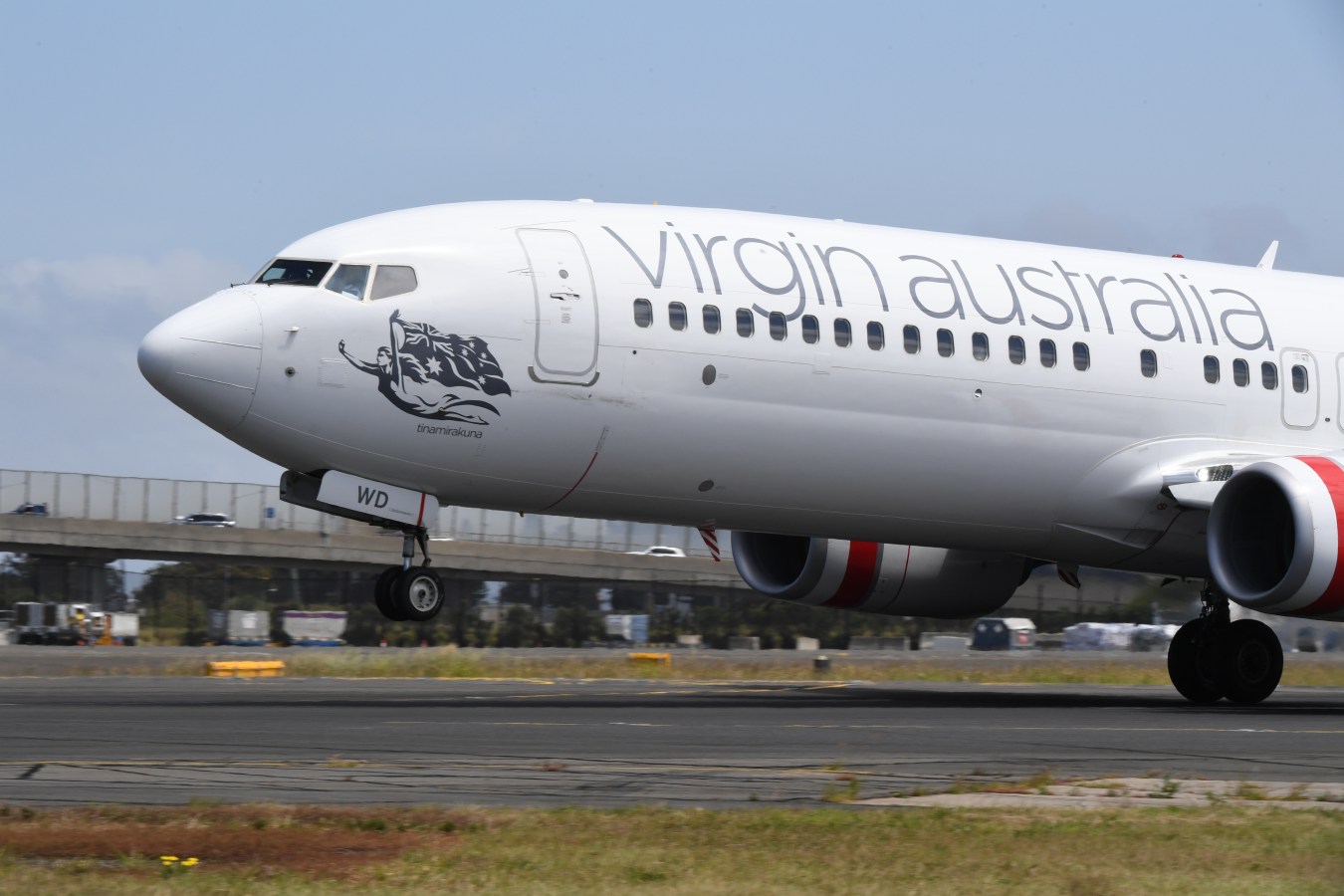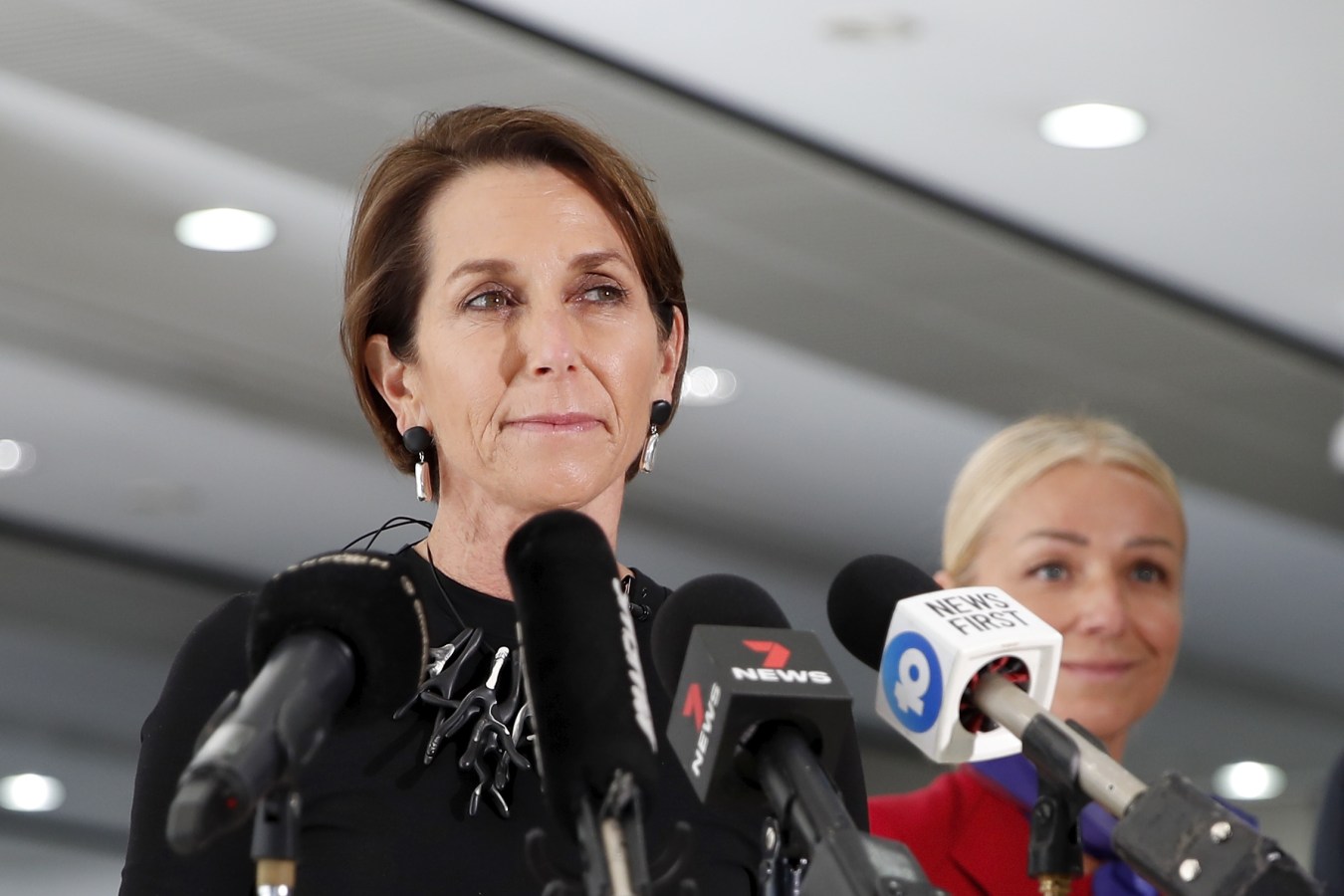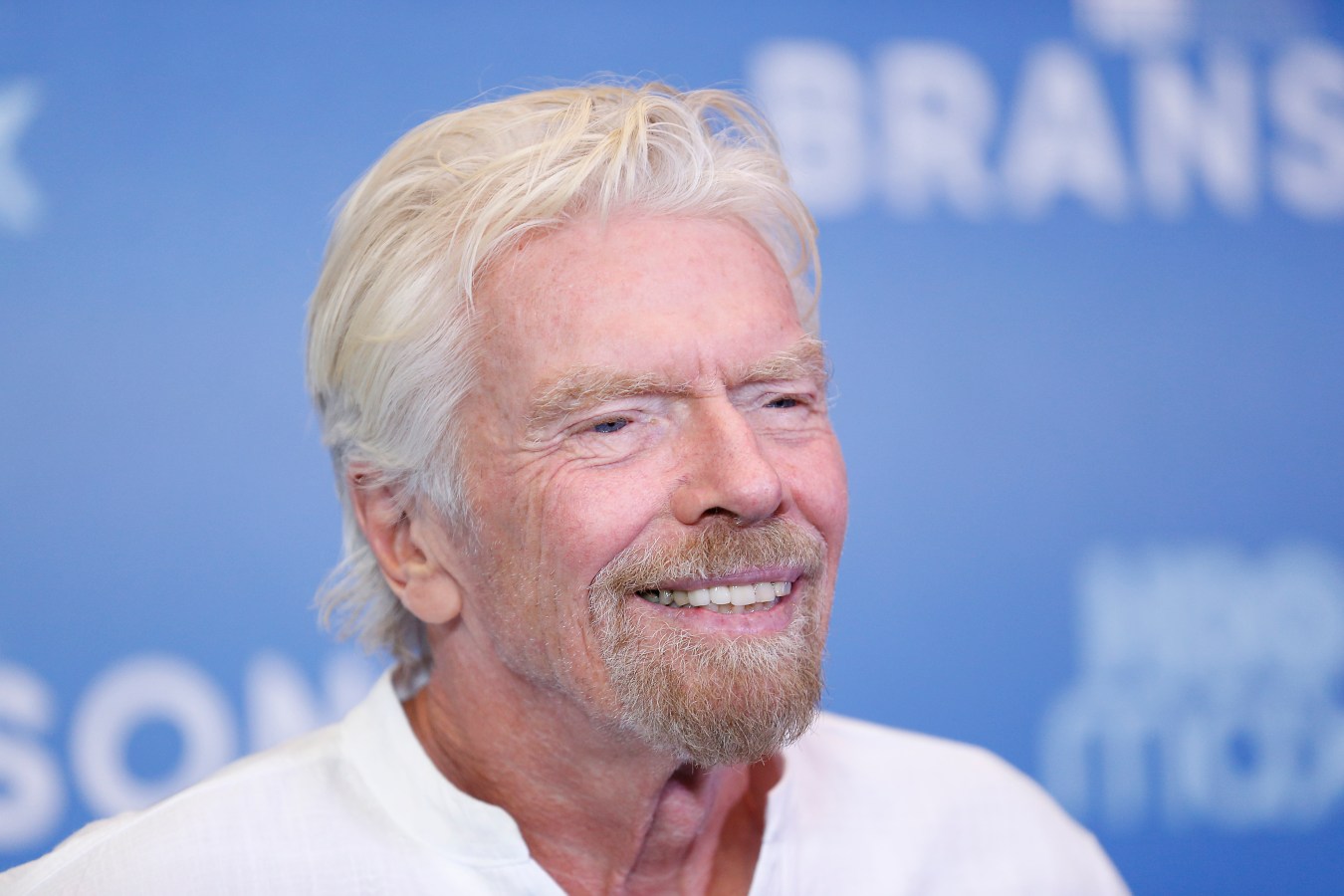Bain Capital’s Mike Murphy reveals how the private equity firm transformed the once-flailing airline, and set it up to re-list on the ASX.
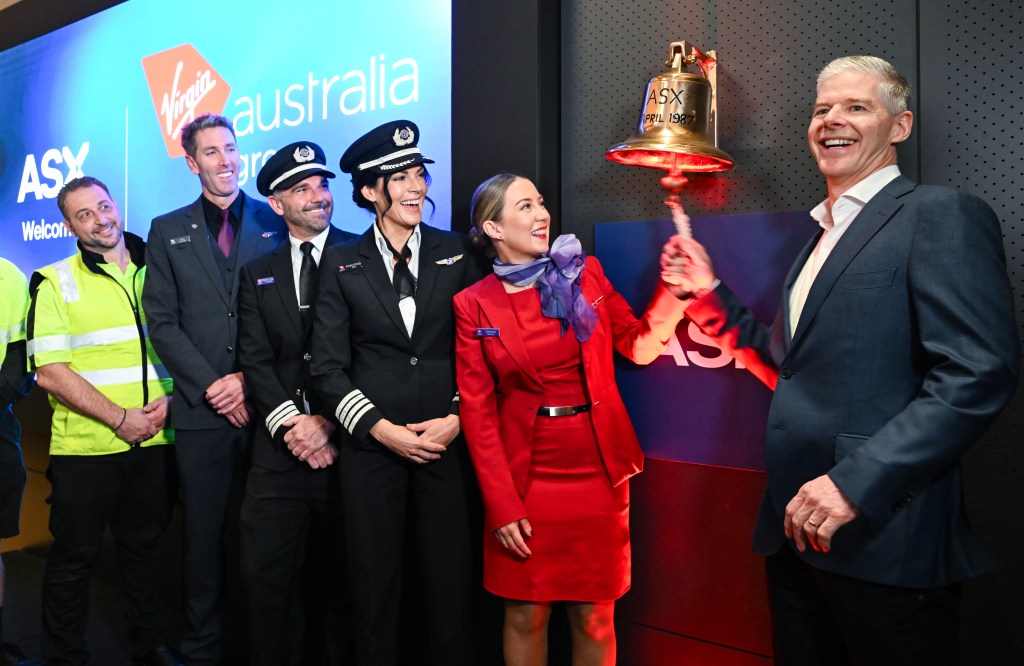
Key Takeaways
- Virgin Australia has re-listed on the ASX after five years off the public market, finishing off its Tuesday debut with a market capitalisation of $2.57 billion.
- Bain Capital, the private equity firm that bought the company out of voluntary administration in 2020, reveals it made significant investments into Virgin Australia’s people, processes and systems to turn the business around.
- Under its stewardship, Virgin Australia’s EBIT margin improves from 2.9% in FY19 to 9.4% in FY24, and is expected to increase to 11.1% in FY25.
- The airline’s net debt was reduced from $4.247 billion at 31 December 2019 to $1.32 billion at 31 December 2024.
Embattled airline Virgin Australia took flight on the ASX on Tuesday, closing out the day with a market capitalisation of $2.53 billion as shares surged from $2.90 to $3.18. It’s a strong start, and it falls just less than five years after US private equity firm Bain Capital bought Virgin Australia out of voluntary administration.
“They’d waved the white flag, so to speak,” Mike Murphy, senior partner at Bain Capital and the lead for the Australian business, says. “At that point, they had around 5.5x leverage… It was clear to us it just could not sustain that level of debt.”
Under Bain Capital’s ownership, Virgin Australia’s earnings before interest and tax (EBIT) has improved from 2.9% in FY19 to 8.5% in FY23, 9.4% in FYT24 and is expected to reach 11.1% in FY25. The company’s adjusted net debt was reduced from $4.25 billion (at 31 December 2019) to $1.32 billion (at 31 December 2024).
It comes after significant investment into the airline’s people, processes and systems. Namely, an overhaul of its tech, and renegotiations of its fleet contracts and enterprise bargaining agreements.
“It was sitting on a fleet that was too big, and a business perimeter that was too much. The long-haul international business had never made money. Its low-cost carrier business Tigerair had always struggled since the day they acquired it,” Murphy says.
“It was clear things needed to change, and part of the attraction was just what was possible on the cost and complexity reduction under ownership and throughout the administration process.”
Mike Murphy, senior partner at Bain Capital
Before Bain Capital’s intervention, Murphy says Virgin Australia sat on about seven different aircraft types and a fleet of 140. The private equity firm reduced that to about 50 to see the airline through COVID, and according to its IPO prospectus the fleet is now sitting at about 100 aircraft across 76 routes to 38 destinations.
That process of renegotiating leases normally takes two to three years. “We had literally two to three months through the course of administration to do that. And I think that’s a good example of the power of the Bain Capital platform. We have a specialist aviation finance group in New York that does this day in, day out, that was able to accelerate that work.”
It also shut down Virgin’s low-cost carrier, Tigerair (which Murphy says the airline has no plans to bring back at this stage, though adds it’s a matter for management and the board to consider in the future rather than Bain’s call).
Overall, 500 contracts were renegotiated to deliver cost savings of more than $290 million to the business. That’s without reductions to head office FTEs, though renegotiating enterprise bargaining agreements with staff also resulted in a balance sheet boost.
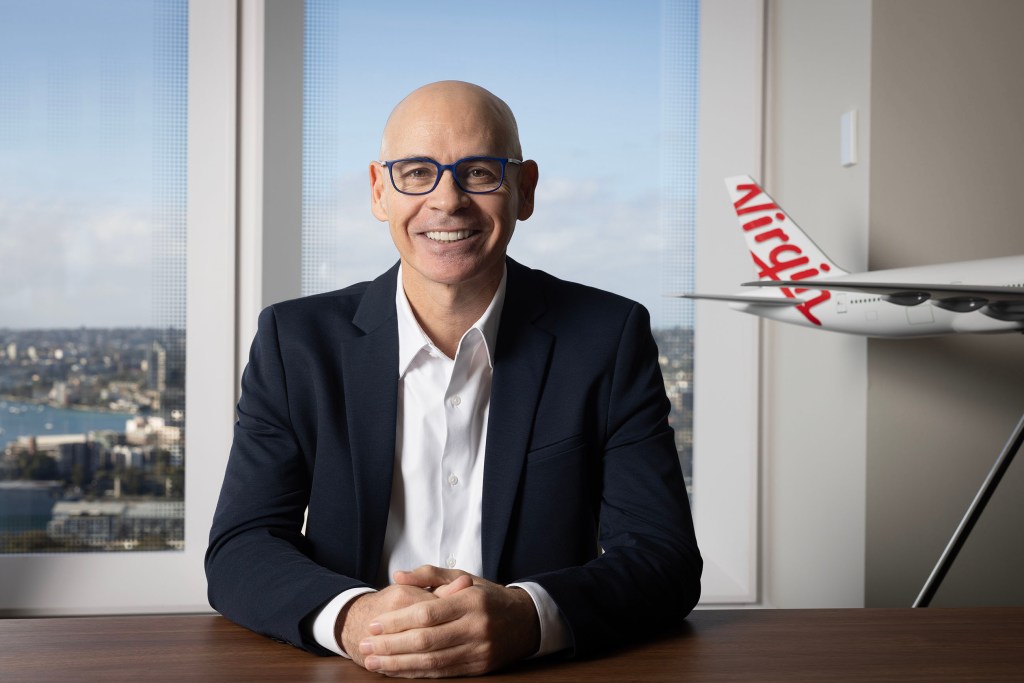
On that, Murphy says there was a lot of union interaction both prior to winning the deal and during the administration period (June to November 2020). Virgin Australia staff were also given a “take-off grant” of $3,000 as a result of the IPO.
IPO rumours have surrounded Virgin Australia since about 2023, but while listing had always been the plan, Murphy says the company wasn’t ready. After a series of milestones including a strategic partnership with Qatar Airways – that took place in 2024 whereby the Middle Eastern airline took out a 25% stake in the business – a changing of the guard from CEO Jane Hrdlicka to Dave Emerson and an uptick in the broader aviation market, the time was finally right.
Now listed, Virgin Australia has access to broader capital, should it be required.
“The business at its listing right now, as Dave [Emerson] the CEO has stated, is well-capitalised and in a really good position for what it needs,” Murphy says. “But having access to capital in the future is pretty attractive.”
But it also gives Bain, which retains a 30% shareholding in the airline, an exit strategy.
“For us, as a private equity firm, we’ve always been very explicit that we are five-to-seven-year investors typically. We are now at five years, and I expect us to be investors for at least another couple of years. But at some point for our investors and our business model, we ultimately need to exit. An IPO is a step in that long journey.”
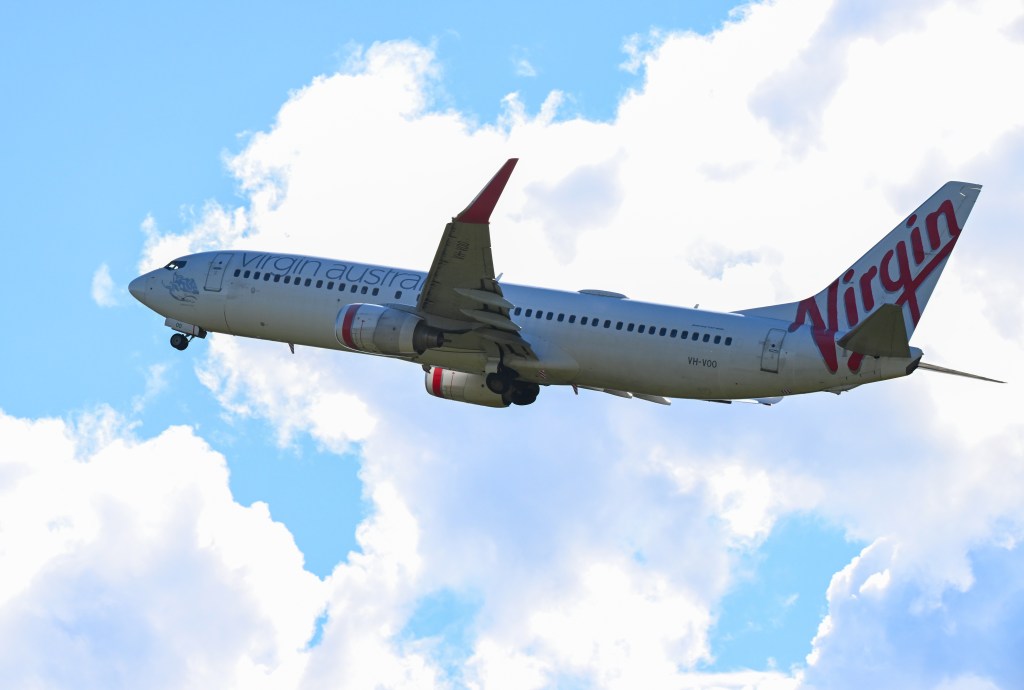
While the timing was right for the business, the geopolitical climate could have been more forgiving. With a war in the Middle East, tariffs and disrupted equity and debt markets, Virgin Australia was taking off into turbulence. But Murphy says Virgin’s business model makes it attractive regardless.
“Australian IPO markets are difficult, and it’s not often a window opens up. But no-one could have predicted [this climate]. War in the Middle East, the tragic Air India accident. But one of the beauties of the business model now is it is a very domestic-focused business with very select short haul international flights close by, but no direct exposure to the northern hemisphere.”
Going forward, Virgin’s strategy is to stay a domestic-focused business, and to grow its loyalty division, Velocity, which has about 13 million members (compared to Qantas’ Frequent Flyer, which has about 15 million members worldwide, including 50% of the Australian population). More broadly, with the exit of low-cost carrier Bonza and regional airline Rex in administration, Australia’s aviation market is coming back to basics.
“Today reflects the general history,” Murphy says. “It’s largely been a number one and number two kind of market structure, if you think back over the last 20 years, where third or fourth players have come and gone.”
Look back on the week that was with hand-picked articles from Australia and around the world. Sign up to the Forbes Australia newsletter here or become a member here.
